Die Wahl der ersten Skier ist eine großartige Reise, doch viele Erstskifahrer können von der Menge an Informationen, die sie aufnehmen müssen, bevor sie sich für ein Paar entscheiden, überwältigt sein. Wir sind hier, um einen einfachen Leitfaden zu bieten.
1. Bestimmen Sie Ihren Skistil
Mach dich bereit für dein nächstes Winterabenteuer
All-Mountain Skis
Freestyle Skis
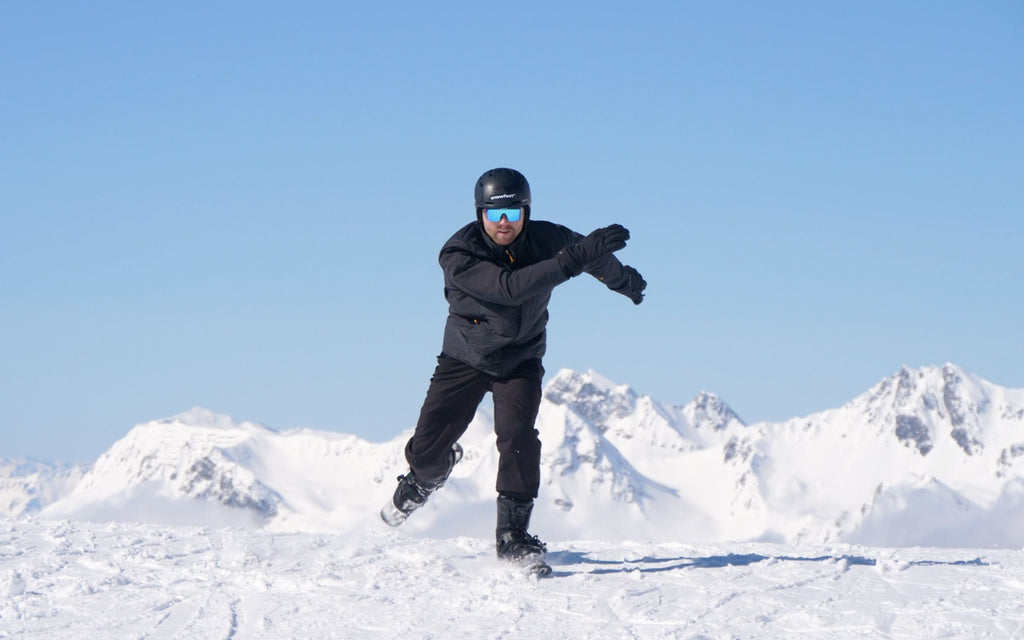
Alpine Touring Skis
Race Skis
2. Berücksichtigen Sie Ihr Können
Als Anfänger ist es wichtig, Skier zu wählen, die Ihrem Können entsprechen. Auch wenn viele Skigeschäfte immer noch der veralteten Regel folgen, Skier nach der Körpergröße auszuwählen, wird es immer wichtiger, Skier einfach nach dem Gefühl von Komfort und Eignung auszuwählen.
Short Skis sind aus mehreren Gründen eine großartige Option für Anfänger. Short Skis sind typischerweise zwischen 99-140 cm lang, aber es gibt auch kurze Varianten mit 65 oder 45 cm. Short Skis, auch Skiboards, Snowblades oder Skiblades genannt, sind ideal, um die Grundfertigkeiten des Skifahrens zu erlernen. Sie sind außerdem nachsichtiger und leichter zu drehen, was für Anfänger, die gerade erst den Dreh rausbekommen, entscheidend ist.
Kürzer = mehr Spaß
Agilität
Short Skis zeichnen sich durch hohe Wendigkeit aus, ideal zum Manövrieren durch anspruchsvolle Stellen wie Buckelpisten oder Terrain-Parks. Ihre einfache Drehfähigkeit stärkt das Selbstvertrauen beim Bewältigen schwieriger Bereiche.
Schnelle Lernkurve
Skiboards sind die Skier, die am einfachsten zu erlernen sind. Sie können schnell Fortschritte machen und sehr schnell große Schritte gehen. Viele Skifahrer beherrschen die Grundlagen nach nur wenigen Fahrten.
Spaßfaktor
Short Skis sind eine Top-Wahl für Freestyle-Enthusiasten und Terrain-Park-Liebhaber. Sie ermöglichen schnelle Übergänge und bieten ein lebendiges, dynamisches Skierlebnis wie kein anderes.
Große Größenauswahl
Die Auswahl an Short Ski-Längen ist groß und reicht von kompakten 65 cm Skiboards bis zu längeren 120 cm Skiboards, um jeden Geschmack und Bedarf abzudecken.
3. Bestimmen Sie Ihre Skigröße
Im Allgemeinen sind kürzere Skier leichter zu kontrollieren und zu manövrieren, was sie zu einer großartigen Wahl für Anfänger macht.
In Skigeschäften wird Anfängern immer gesagt, sie sollen Skier nach ihrer Körpergröße wählen. Dass so lange Skier für Anfänger geeignet sind, ist ein weit verbreiteter Irrtum. Die passendsten, unterstützendsten und am leichtesten zu erlernenden Skier sind definitiv Skiboards. Skiboards gibt es in Größen von 60 bis 120 cm, und die unterschiedlichen Längen der Short Skis machen einen großen Unterschied darin, wie Ihr Skierlebnis sein wird.
Berücksichtigen Sie Ihre Skifähigkeiten bei der Wahl der Snowblades. Anfängern können kürzere, besser handhabbare Snowblades zugutekommen, jedoch sollten sie eine Mindestlänge von 90 cm anstreben, da alles Kürzere das Gleichgewicht halten erschweren könnte. Für fortgeschrittene und erfahrene Skifahrer werden längere und leistungsorientiertere Modelle empfohlen, besonders für diejenigen, die Carving und schnelles Skifahren genießen. Im Gegensatz dazu sind kurze Skiboards von etwa 65 cm besonders geeignet für Skifahrer, die Freestyle-Skifahren in Snowparks meistern wollen.
Entscheiden Sie sich für kürzere Snowblades (65 cm), wenn Sie:
- Haben Sie Erfahrung im Skaten oder Hockey und möchten Skiskates ausprobieren, eine Mischung aus Skifahren und Skaten auf Schnee.
- Mehr Flexibilität und Möglichkeiten für Tricks suchst.
- Kurze, schnelle Schwünge ausführen möchtest.
- Das erste Paar Ski für dein Kind auswählst.
- Planst, durch Buckelpisten zu fahren.

Wähle längere snowblades (99 oder 120 cm), wenn du:
- Genießt die Kunst des Carvens.
- Bevorzugst schnelles Skifahren.
- Fährst gerne im Pulverschnee.
- Bist ein Anfänger und suchst Skier, die lernfreundlich sind.
Wähle die Länge, die am besten zu dir passt
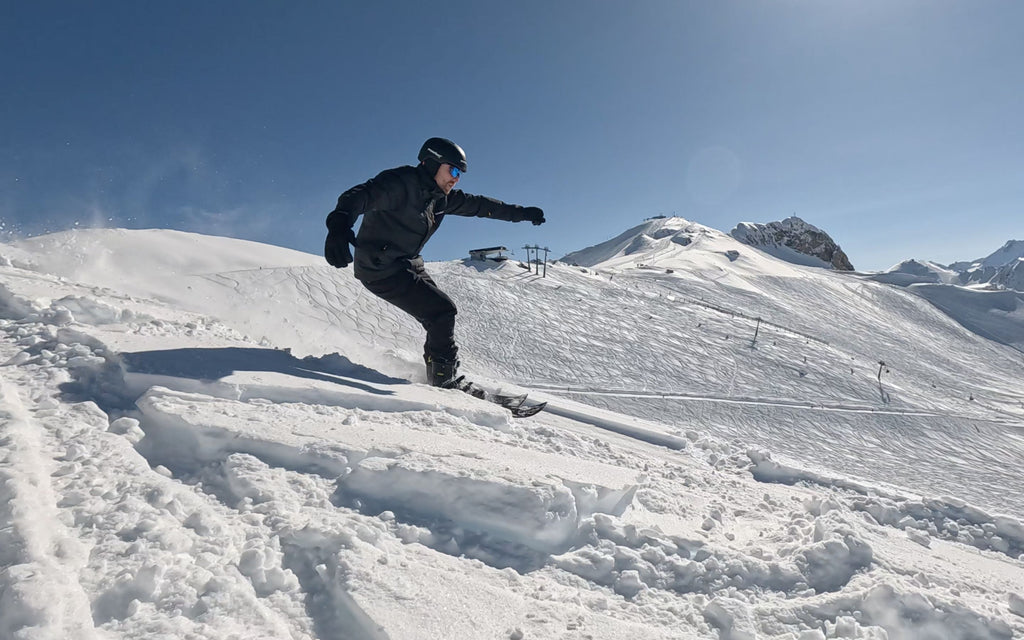
4. Suche nach Skiern mit einem nachgiebigen Flex
Als Anfänger ist es wichtig, nach Skiern mit einem nachgiebigen Flex zu suchen. Das bedeutet, dass die Ski flexibler und leichter zu biegen sind als steifere Ski, was sie fehlerverzeihender macht, wenn du einen Fehler machst. Ein nachgiebiger Flex ist besonders wichtig für Anfänger, die noch die Grundlagen des Skifahrens lernen und ihre Bewegungen möglicherweise nicht so gut kontrollieren können wie erfahrenere Skifahrer.
5. Bindungen nicht vergessen
Bei der Wahl von Skiern für Anfänger sollte man die Bindungen nicht vergessen. Bindungen sind essentiell für Sicherheit und Leistung. Bei kürzeren Skiern kannst du zwischen nicht lösbaren Skischuh-Bindungen, lösbaren Skischuh-Bindungen oder Snowboard-Boot-Bindungen wählen.
Einfache Skibindungen
Einfache Skibindungen, inspiriert von frühen Skibindungsmodellen, sind eine passende Wahl für kompakte Skiboards (65 oder 99 cm). Das ideale Schuhwerk dafür sind zweifellos Skischuhe. Wie der Name schon sagt, lösen sich diese Bindungen bei einem Sturz nicht. Da sie jedoch nicht mit langen Skiern verwendet werden, stellt das kein Sicherheitsproblem dar.
Warum einfache Skibindungen wählen?
Einfache Skibindungen sind ideal, wenn du Bindungen brauchst, die einfach zu verstellen sind und bequem zu Hause angepasst werden können, ohne dass ein Fachgeschäftbesuch nötig ist. Sowohl die Skiboards als auch die Bindungen sind vielseitig! Außerdem ermöglicht dieses einfache Design, den niedrigstmöglichen Preis zu halten.
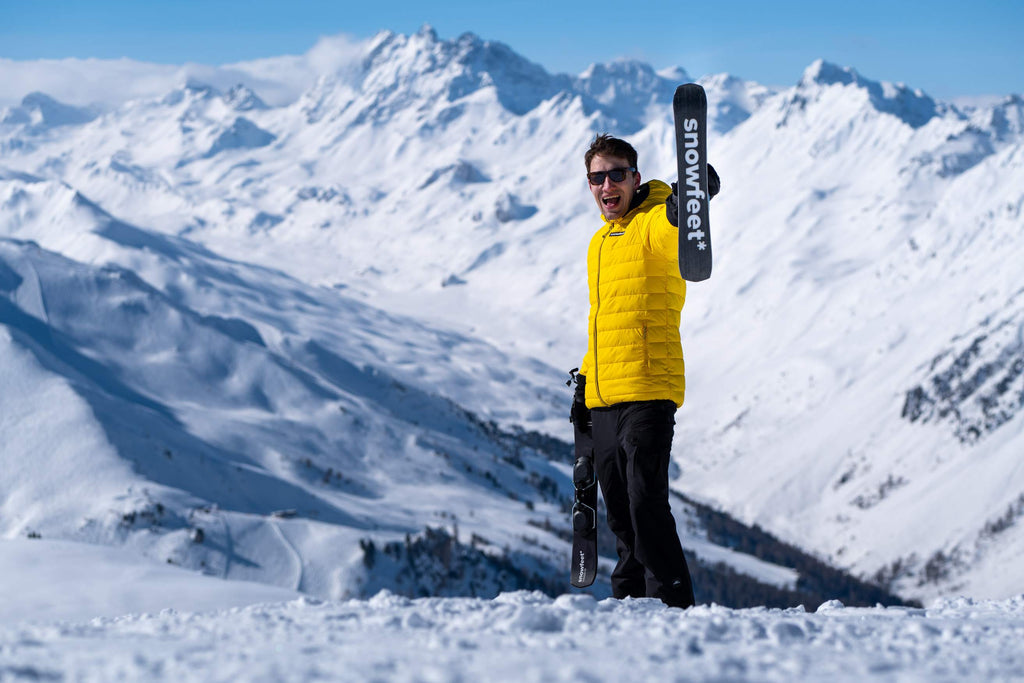
Snowboard-Boot-Bindungen
Bindungen, die für Snowboard-Boots auf Skiboards entwickelt wurden, sind eine bemerkenswerte Entwicklung, die die Leichtigkeit des Snowboardens ins Skifahren bringt. Egal, ob du Snowboarder bist und neue Möglichkeiten erkunden möchtest oder Skifahrer, der eine Pause von steifen Skischuhen sucht – diese Bindungen sind eine ausgezeichnete Wahl. Wie bei Snowboards sind diese Bindungen nicht dafür ausgelegt, sich leicht zu lösen, daher sind sie nur für Skiboards bis zu 100 cm Länge erhältlich.
Skibindungen lösen
Beim Skifahren auf längeren Skiboards (100 cm und länger) sind im Vergleich zu kürzeren Skiboards besondere Vorsichtsmaßnahmen notwendig. Für optimale Sicherheit sind lange Skiboards ausschließlich mit professionellen Skibindungen ausgestattet, die sich bei einem Sturz lösen. Diese Bindungen sind benutzerfreundlich und stellen die sicherste Wahl für lange Skiboards dar.
Bei Skiboard-Bindungen solltest du das wählen, was sich am besten anfühlt. Suche nach Bindungen, die sich leicht verstellen lassen und einen sicheren Sitz für deine Boots bieten. Es ist auch eine gute Idee, deine Bindungen professionell einstellen zu lassen, um sicherzustellen, dass sie korrekt auf dein Können und deinen Fahrstil abgestimmt sind.

6. Länge
Die Länge ist ebenfalls ein wichtiger Faktor. Kürzere Skiboards, 60 bis 80 cm lang, bieten dir mehr Bewegungsfreiheit, sind ideal für schnelle und kurze Kurven, das Springen über Buckel, sehr leicht und einfach zu transportieren. Sie sind auch dank der Größe perfekt für Kinder. Andererseits sind sie nicht so gut für Powder, bieten weniger Stabilität in Vorwärts-Rückwärts-Richtung und sind nicht für lange, tiefe Carves gemacht, falls du das suchst.
Längere Skiboards, die eher langen Skiern ähneln, bieten immer noch Bewegungsfreiheit, aber nicht so viel wie kürzere. Sie sind großartig für Powder, einfach für Landungen in Snowparks und perfekt für lange, tiefe Carves. Die gängigsten Längen sind 90 und 99 cm, aber es gibt auch Skiboards bis zu 120 cm.
7. Breite
Breitere Skiboards sind im Powder besser, während dünnere besser für die Piste geeignet sind. Für die meisten von euch ist es wahrscheinlich am besten, etwas dazwischen zu wählen, also eine Spitzen- und Tail-Breite von etwa 11 cm und eine Taillenbreite von etwa 8 oder 9 cm.
Die Taillenbreite ist besonders wichtig. Je schmaler diese ist, desto leichter lassen sich die Skier auf der Kante drehen und Carving ausführen. Wenn du jedoch Backcountry-Skifahren in Betracht ziehst oder Pulverschnee bevorzugst, solltest du definitiv breite Skier wählen.
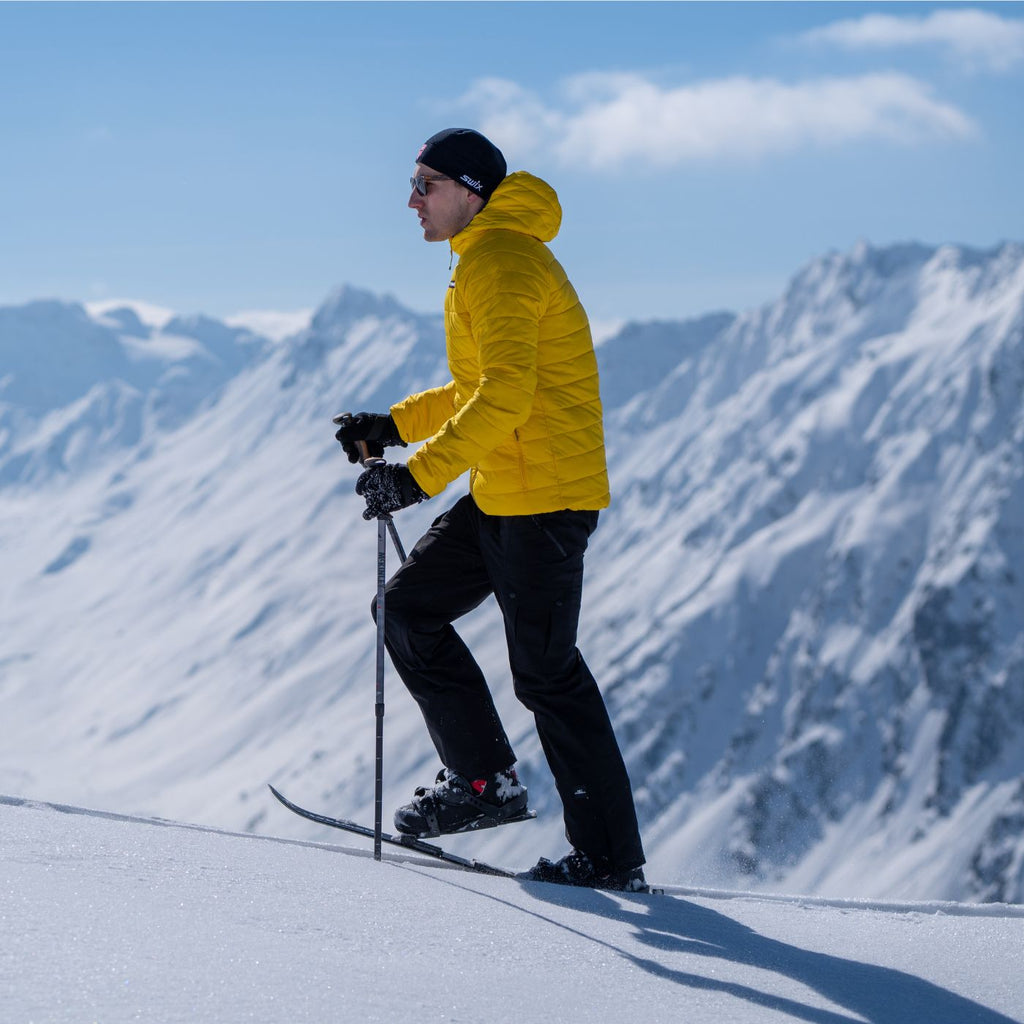
8. Radius
Je kleiner der Radius, desto kleiner und schneller die Kurven. Ziel ist ein Radius zwischen 4 - 8. Je kürzer die Skier, desto kleiner ist in der Regel der Radius.
9. Spitze- und Tail-Höhe
Sie beträgt normalerweise 4-5 cm. Je höher, desto besser für unpräpariertes Gelände, aber solange sie nicht unter 3 liegt, bist du auf der sicheren Seite. Die Höhe des Tails ist auch wichtig für das Rückwärtsfahren.
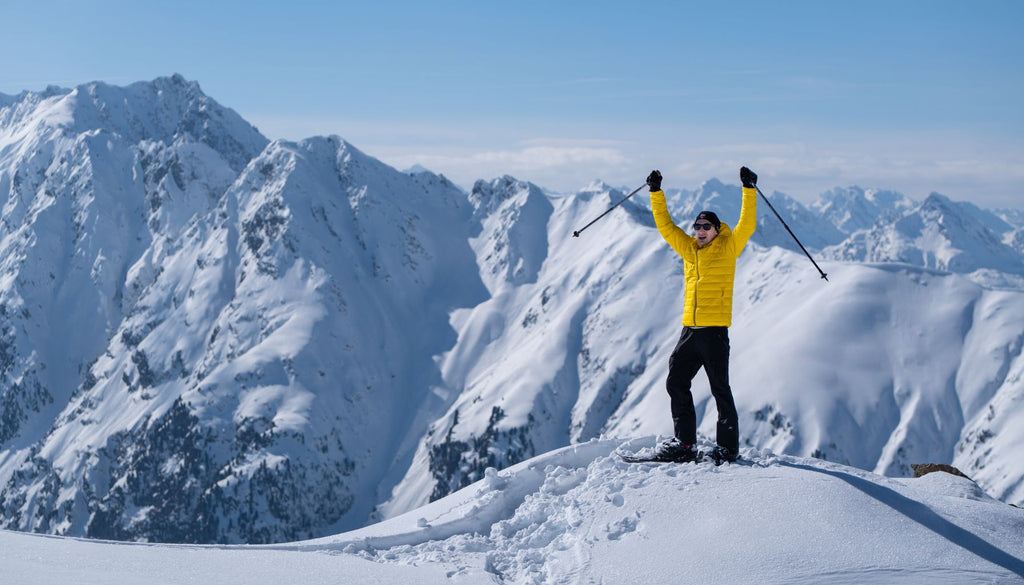
Fazit
Zusammenfassend kann die Wahl der richtigen Skier für Anfänger überwältigend wirken, aber wenn du deinen Skistil, dein Können, deine Größe, Flexibilität und Bindungen berücksichtigst, kannst du eine fundierte Entscheidung treffen. Short Skis sind eine ausgezeichnete Wahl für Anfänger, da sie leicht zu kontrollieren und zu manövrieren sind, was das Erlernen der Skigrundlagen erleichtert. Mit dem richtigen Paar Skier bist du im Nu auf der Piste und genießt alles, was das Skifahren zu bieten hat.
Mach dich bereit für dein nächstes Winterabenteuer

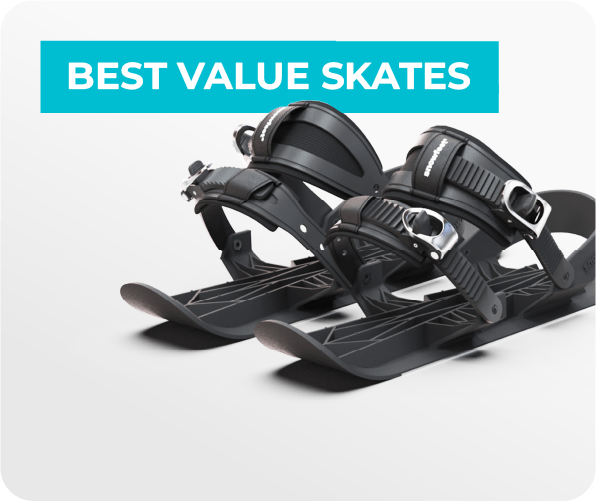
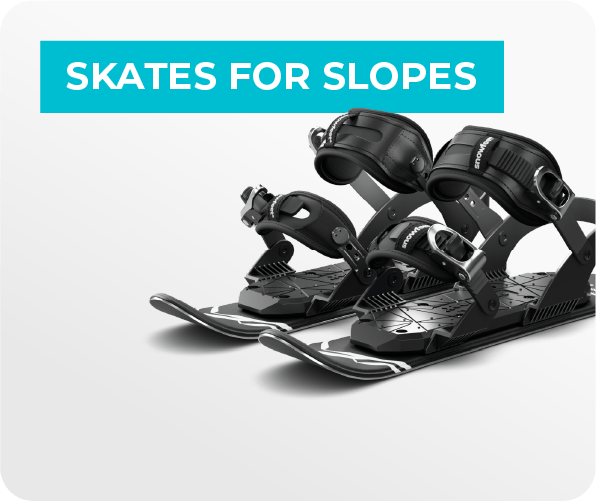
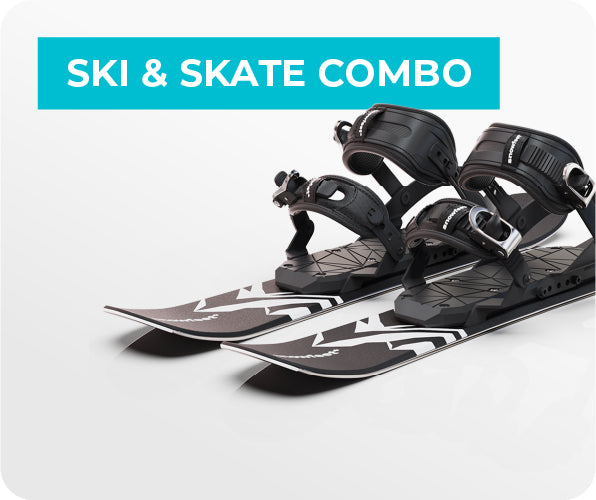
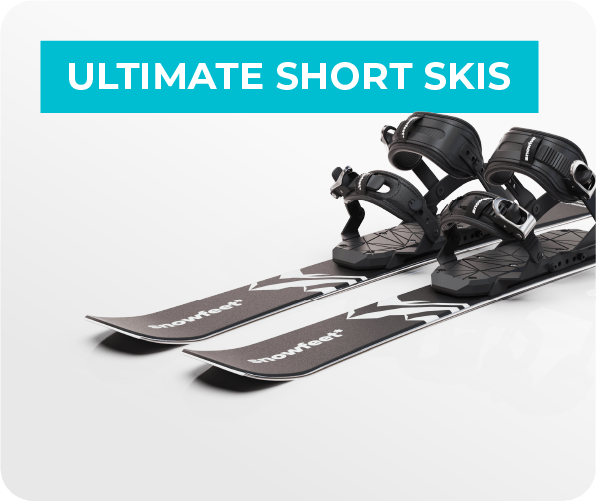
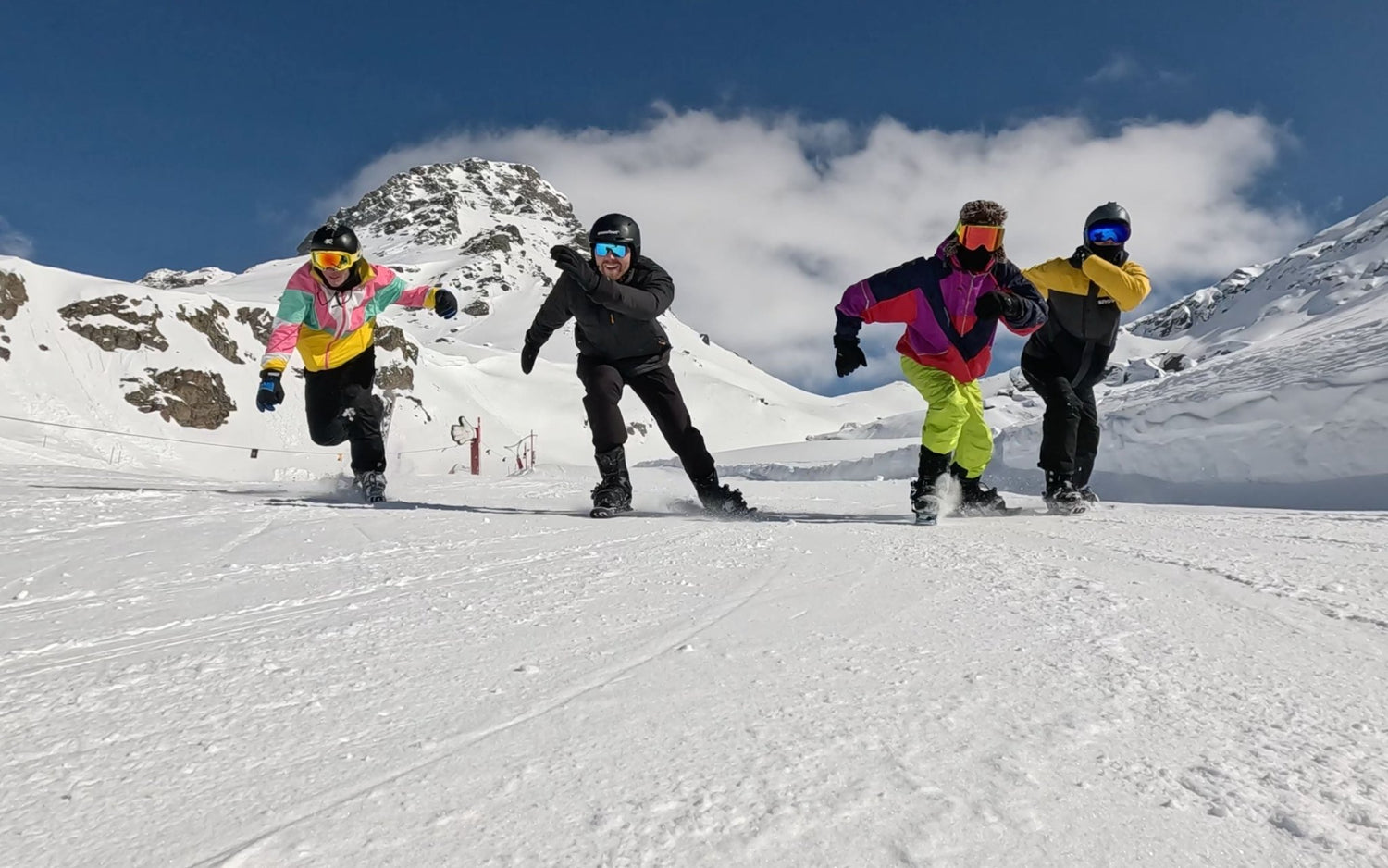

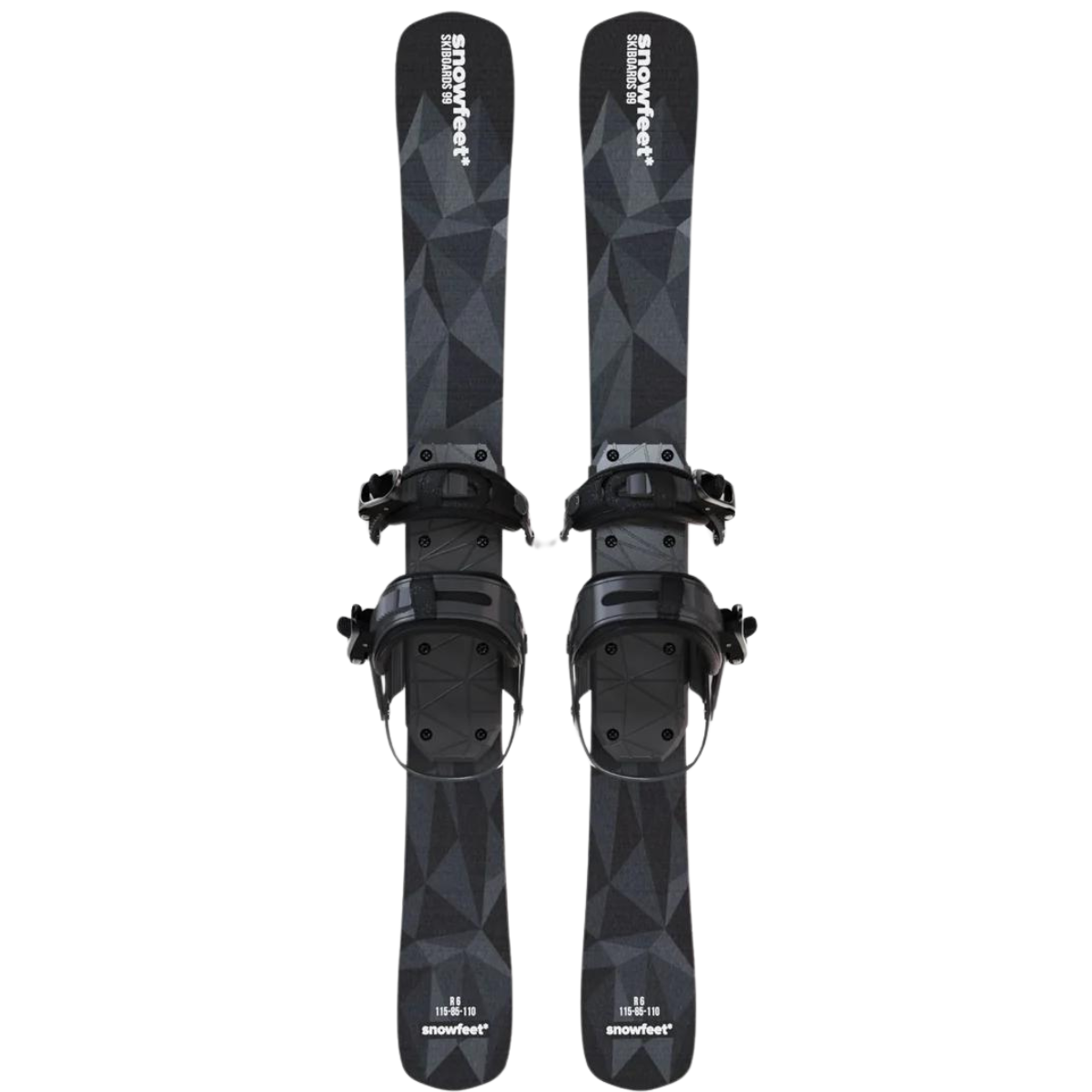
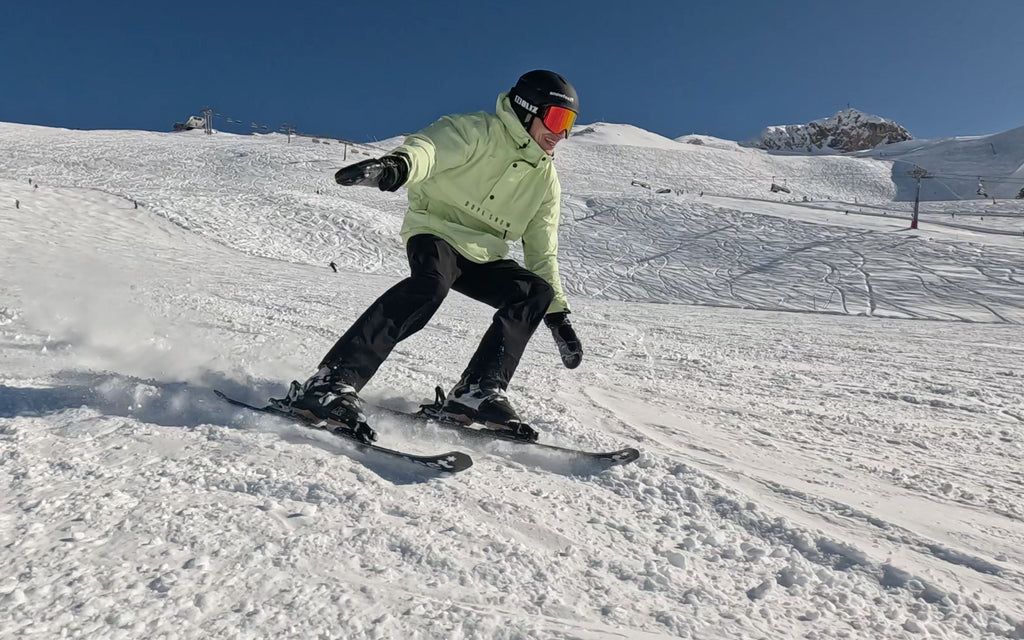
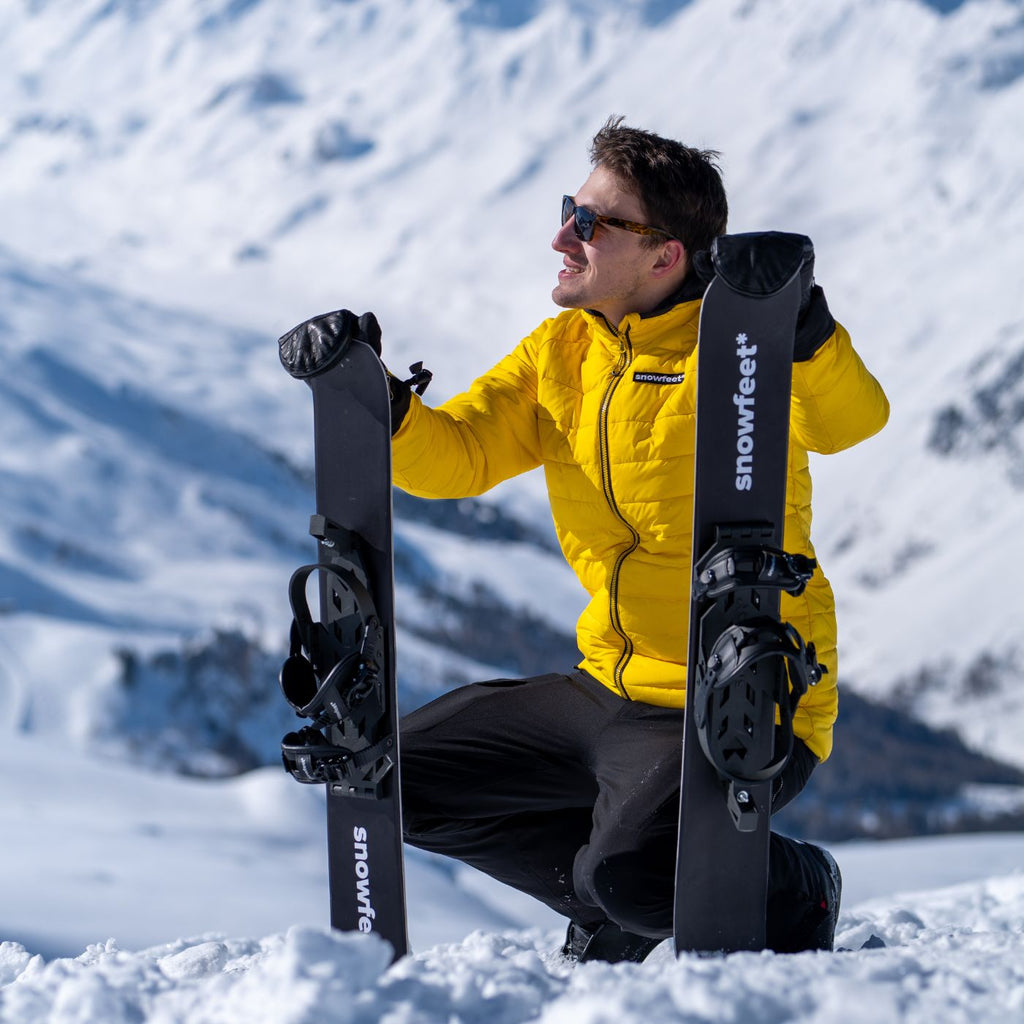
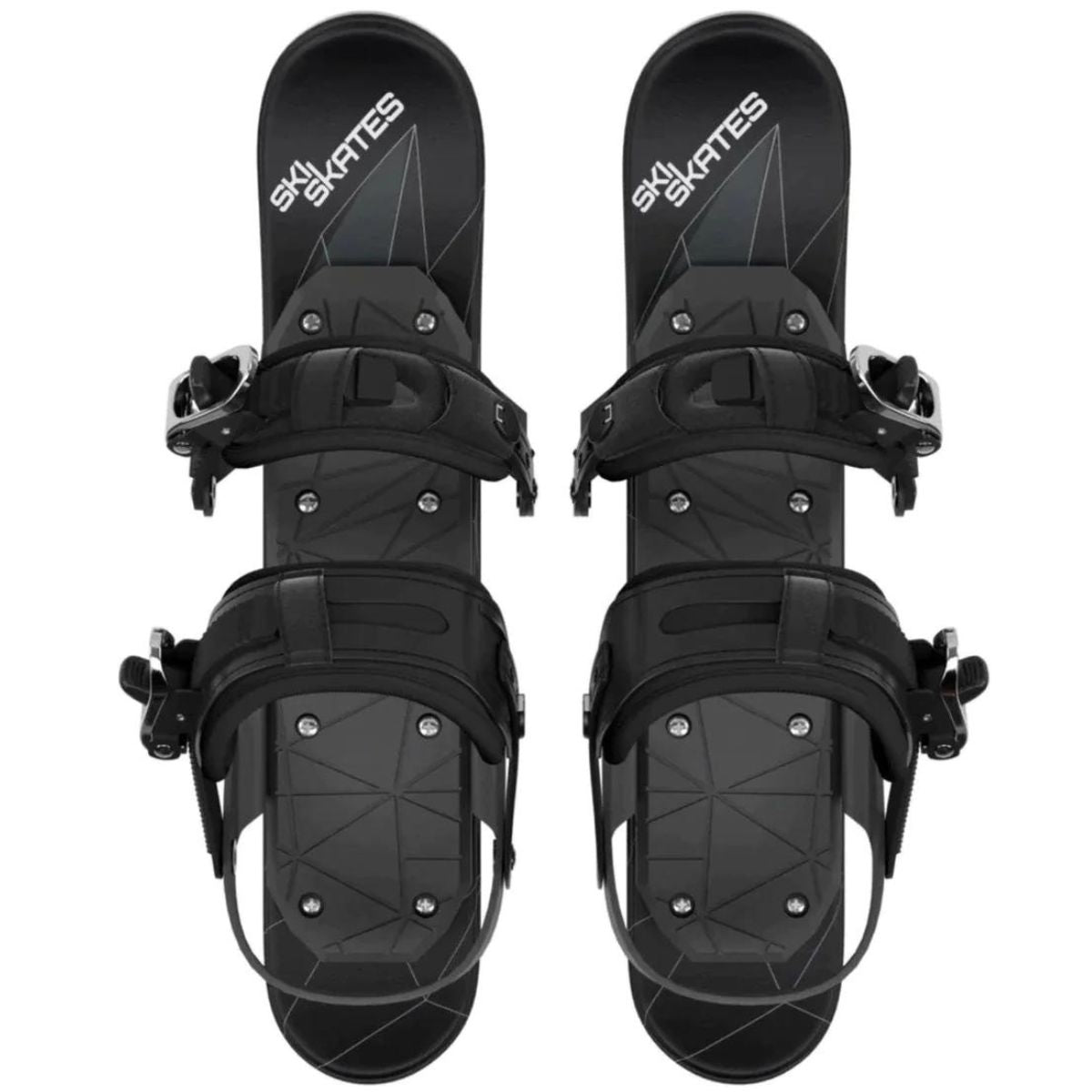

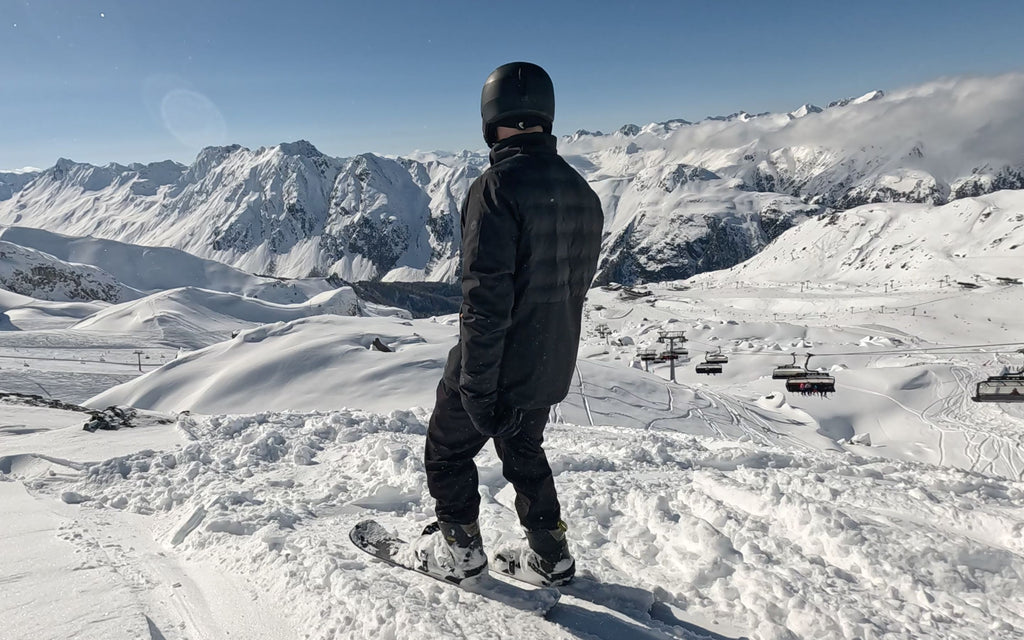



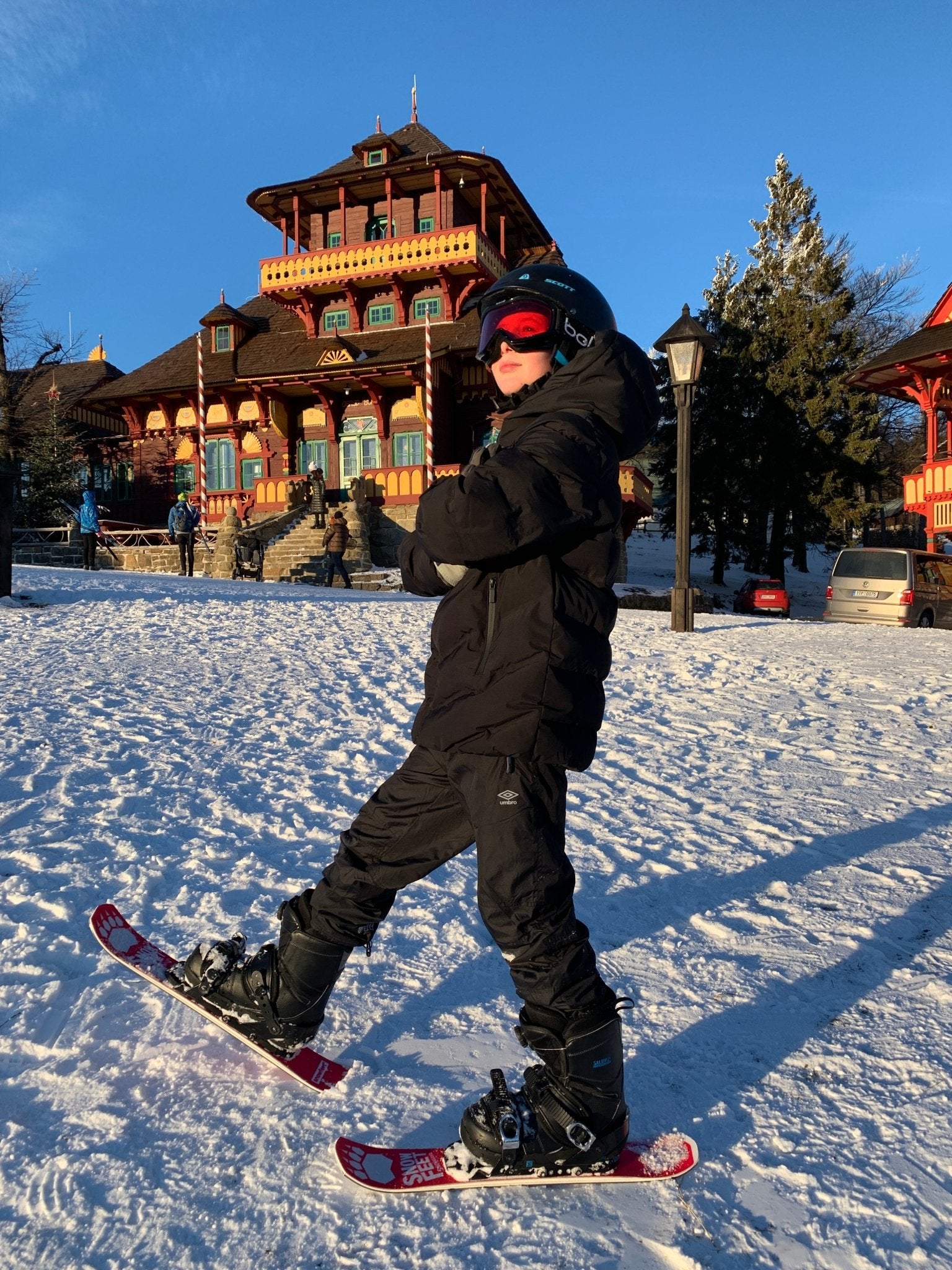
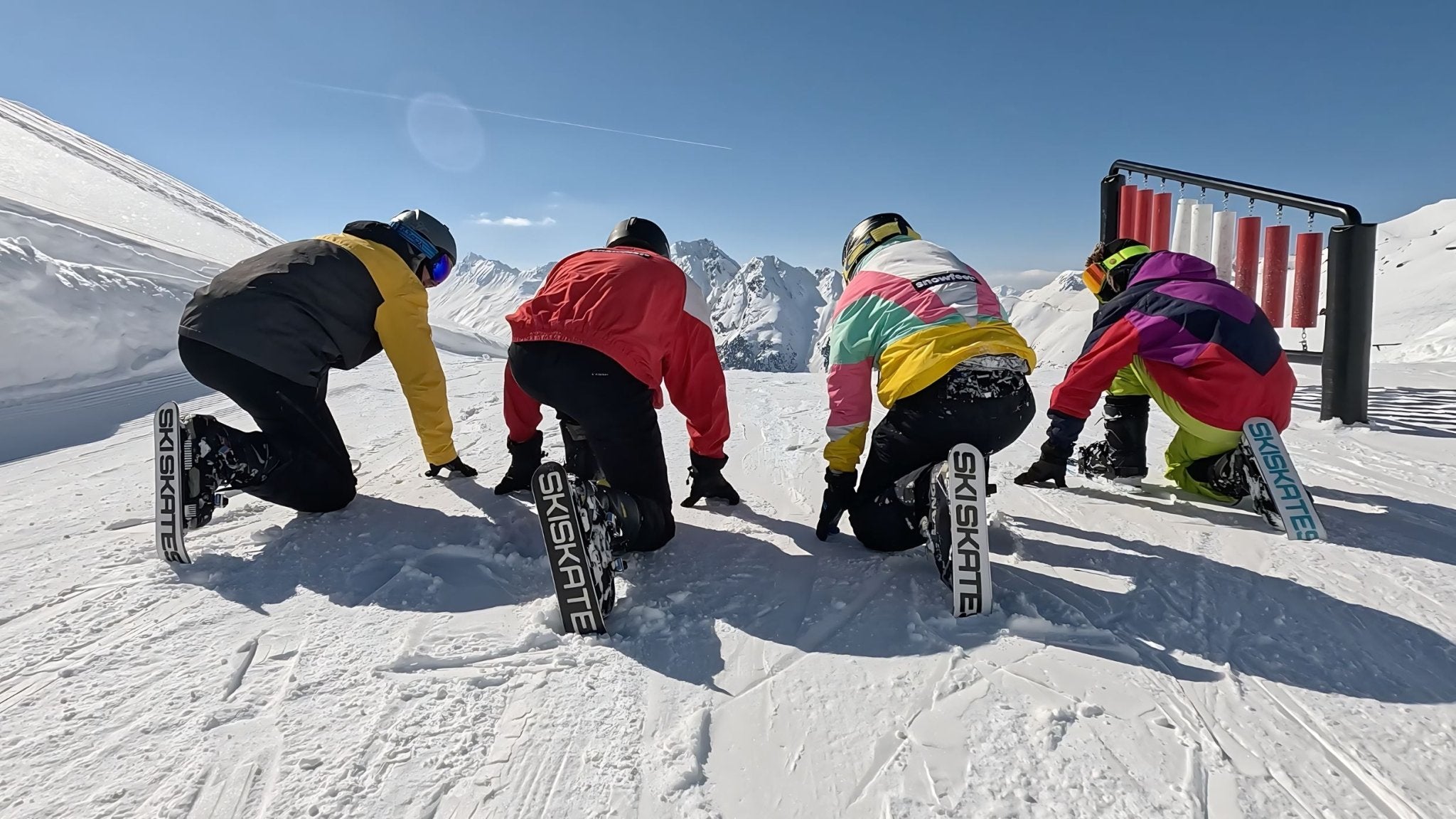
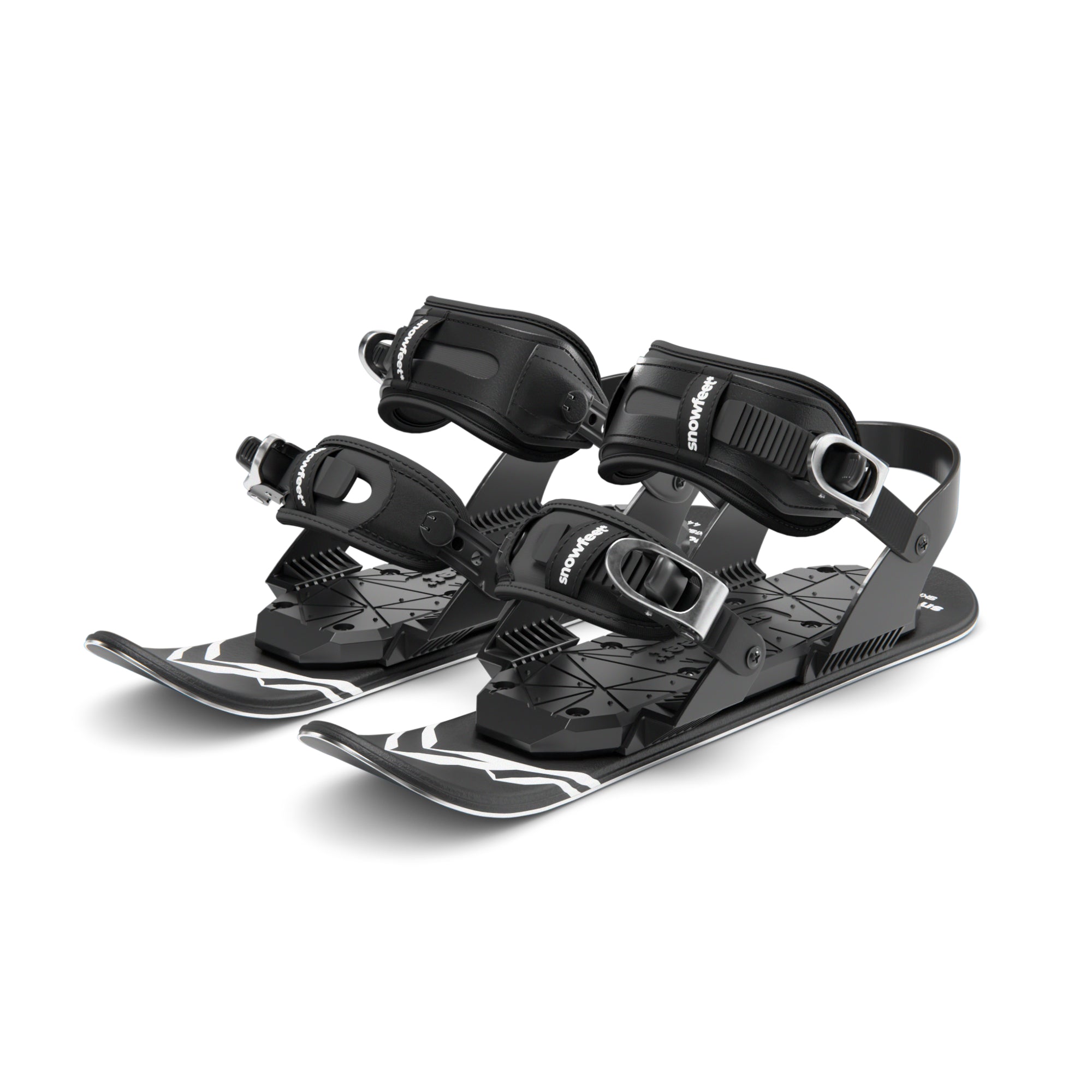
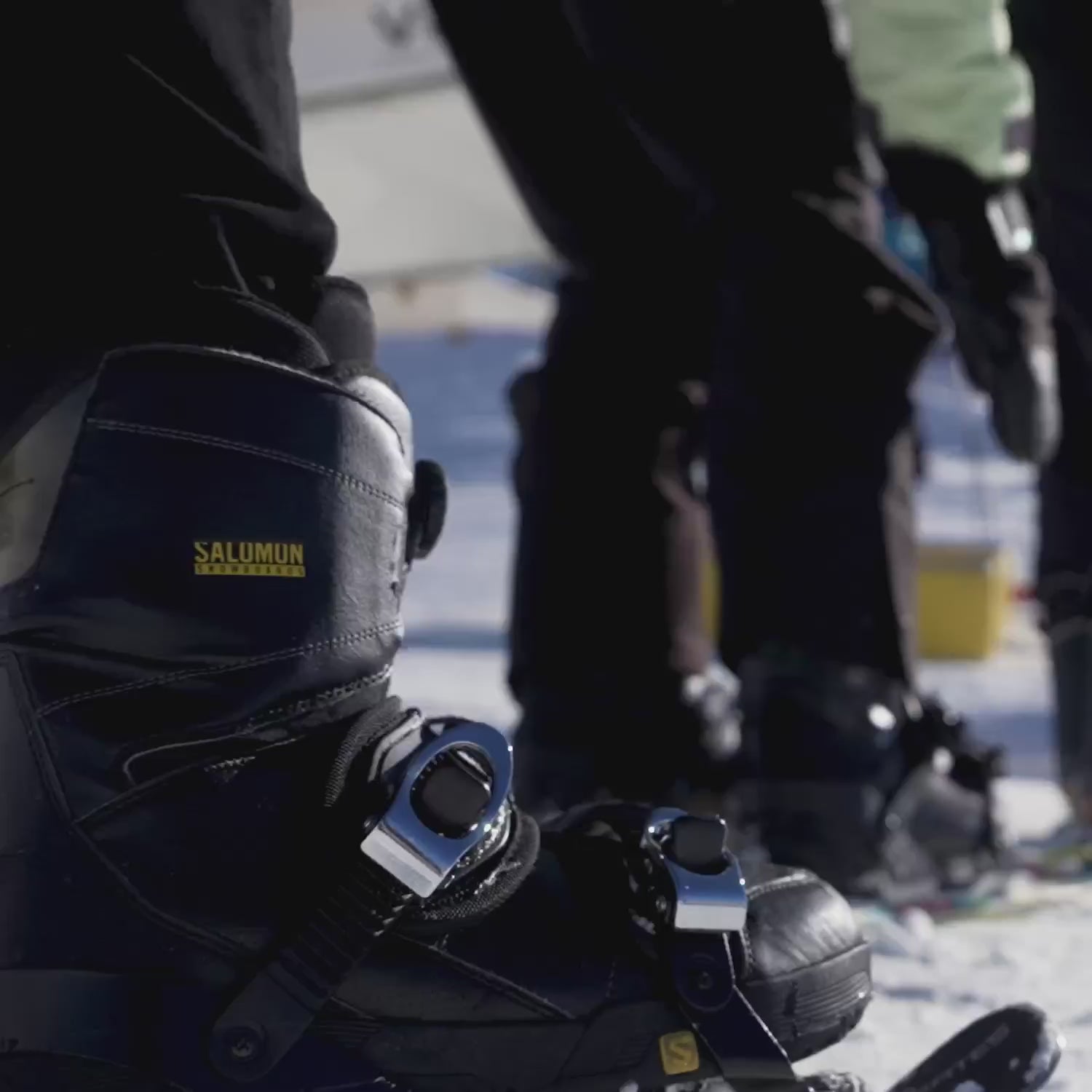
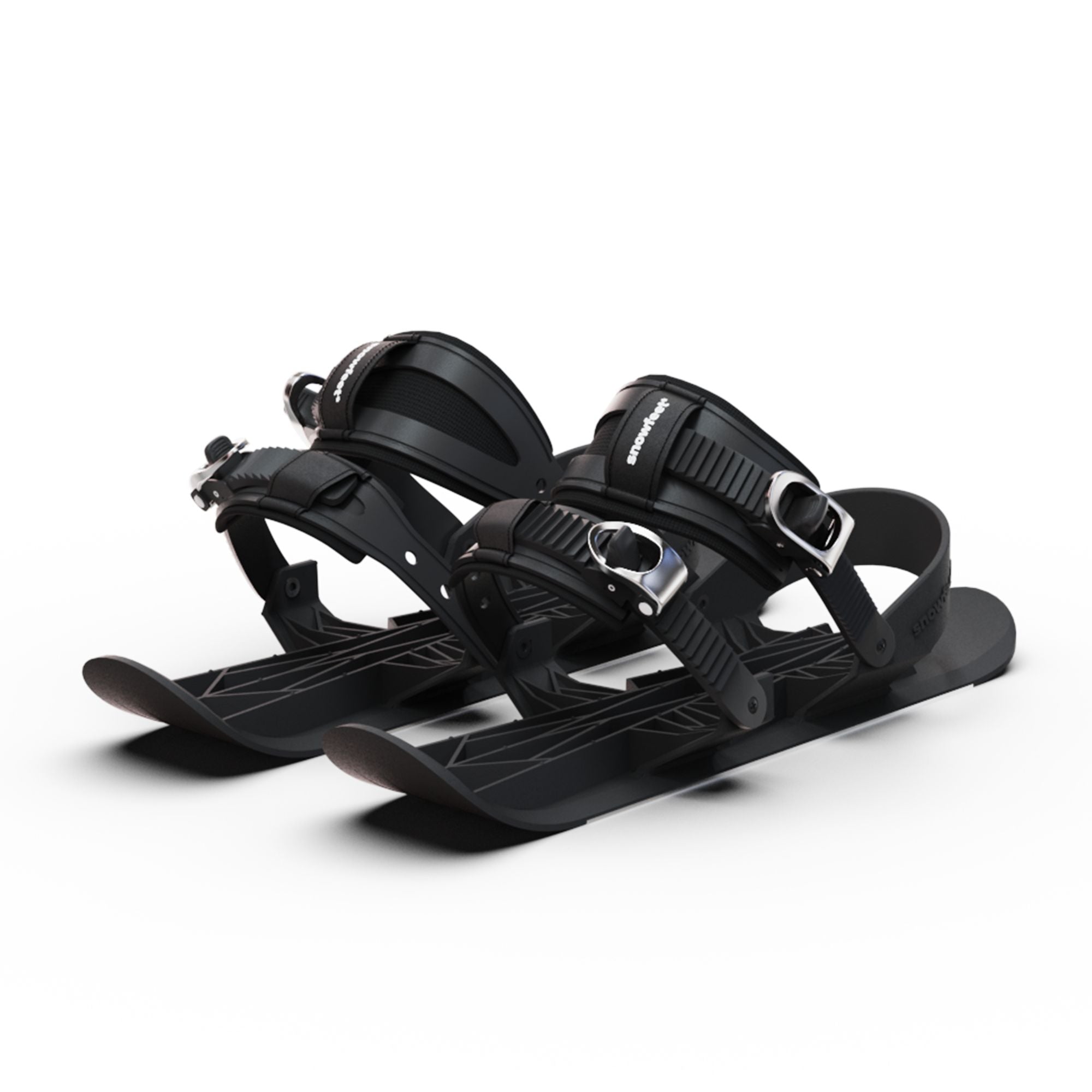
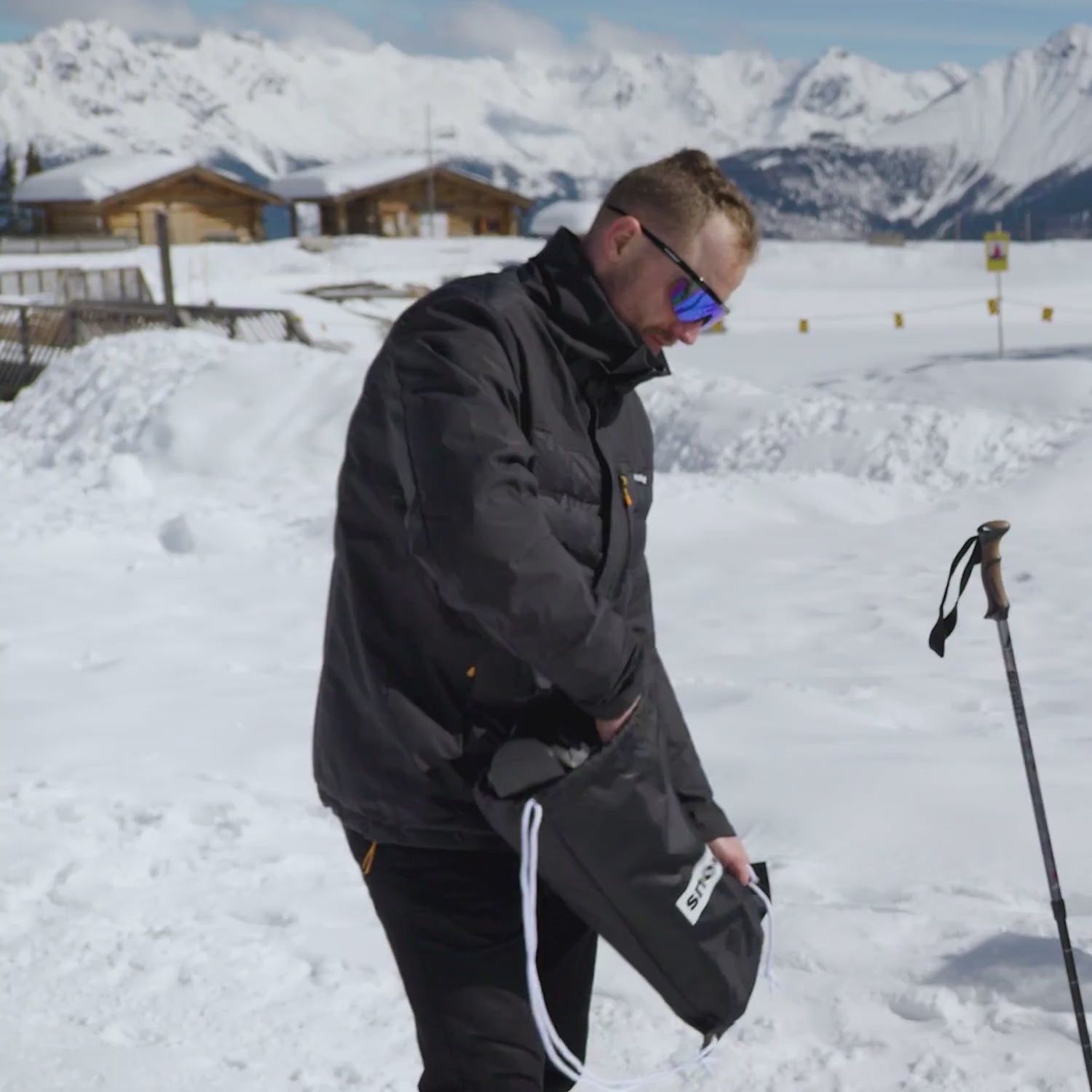
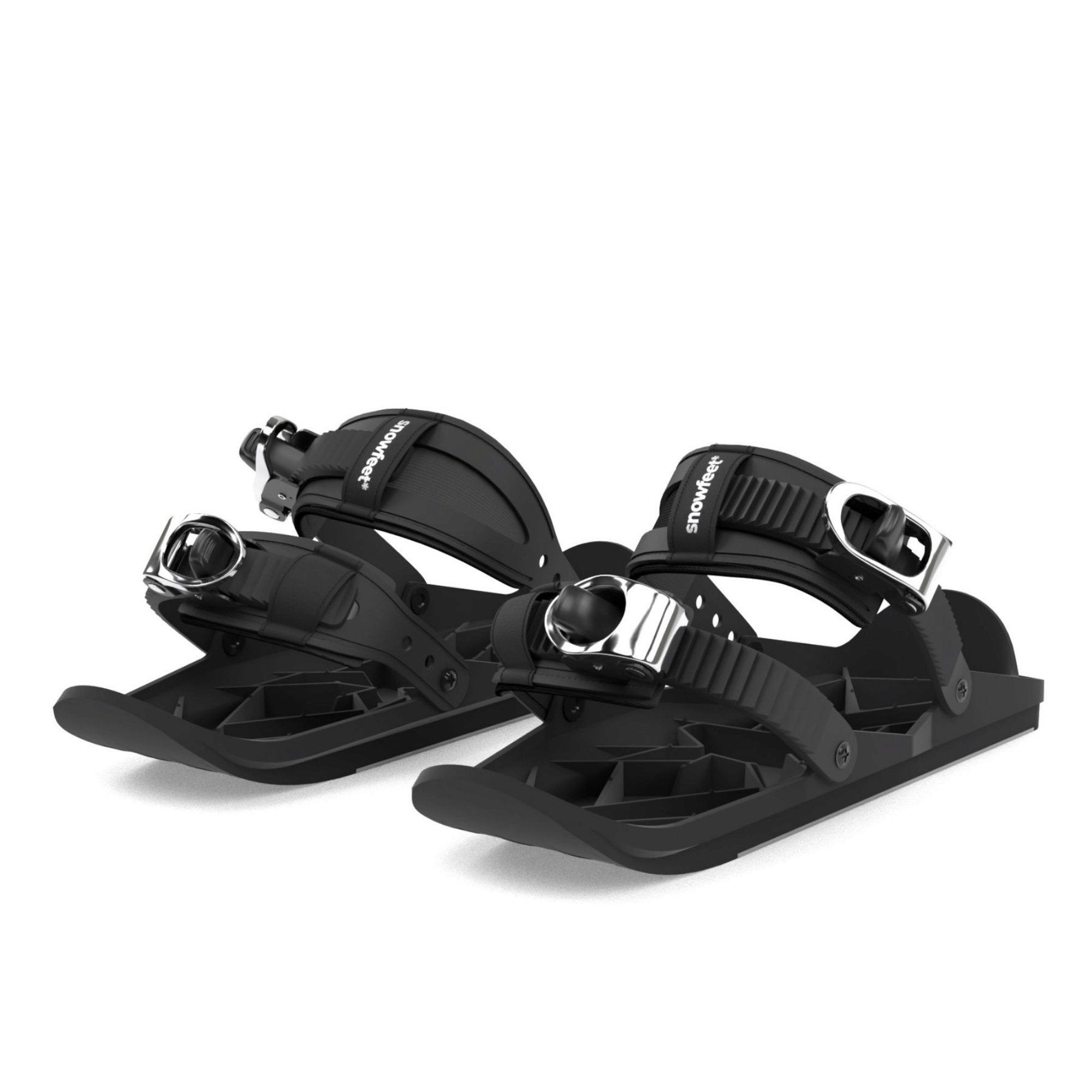
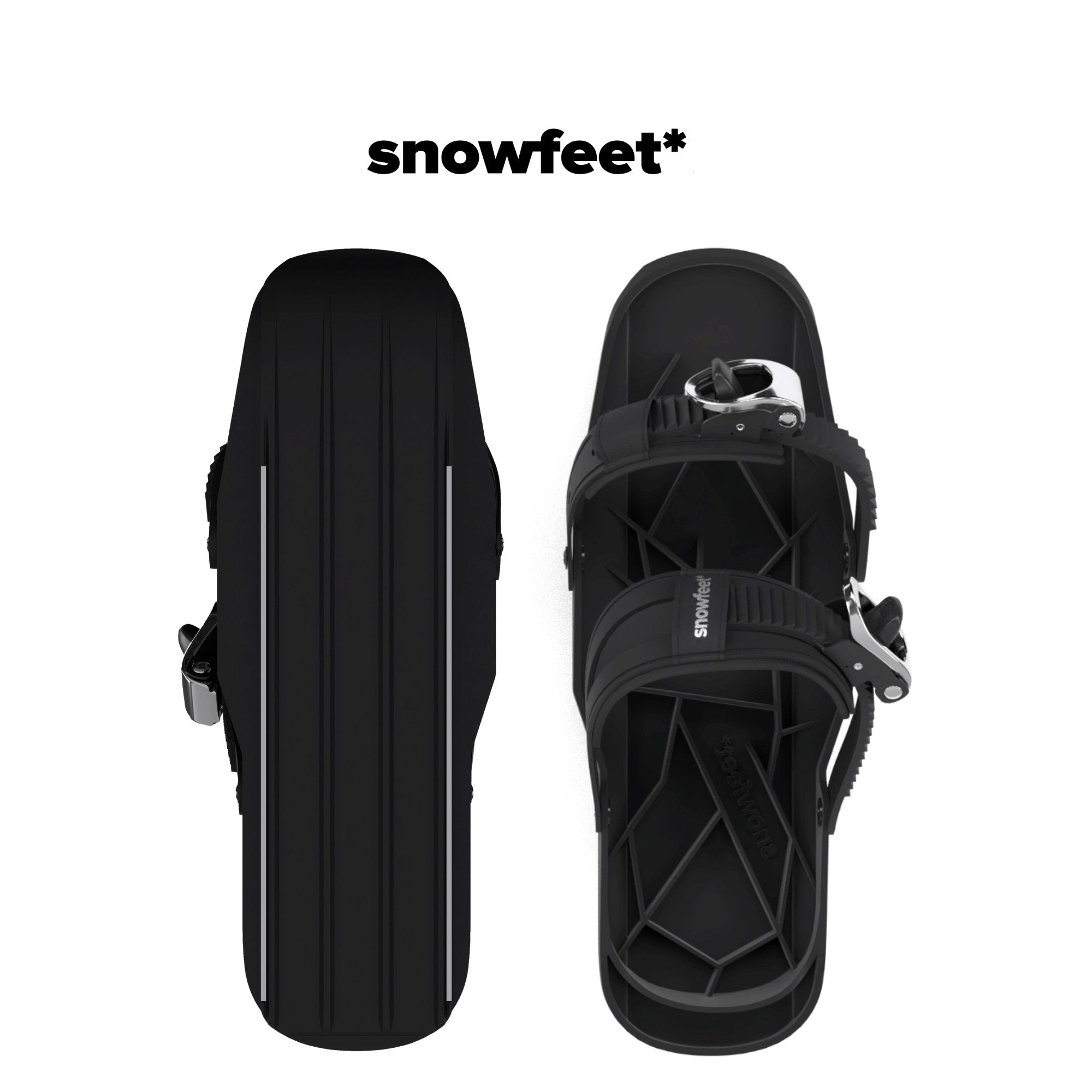
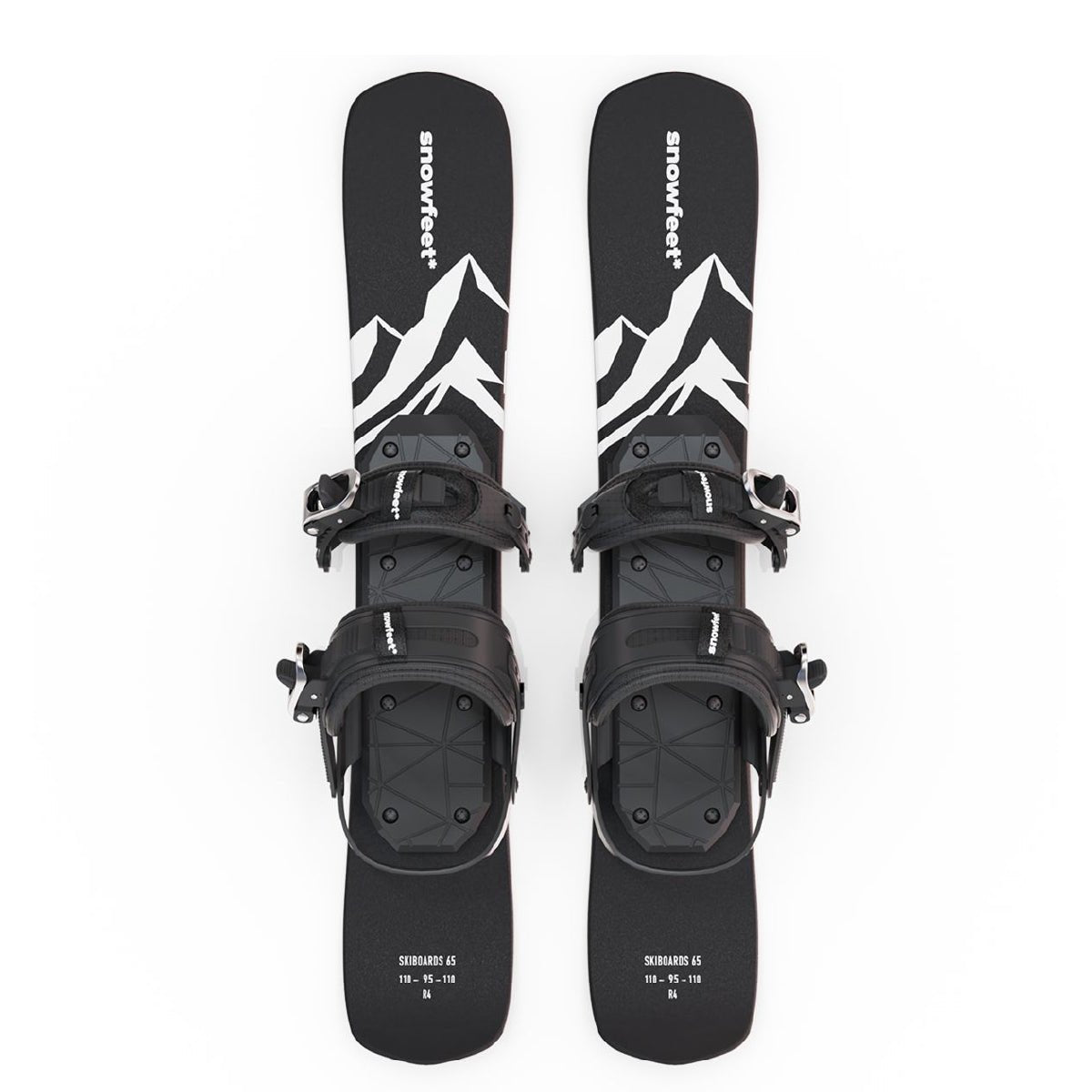
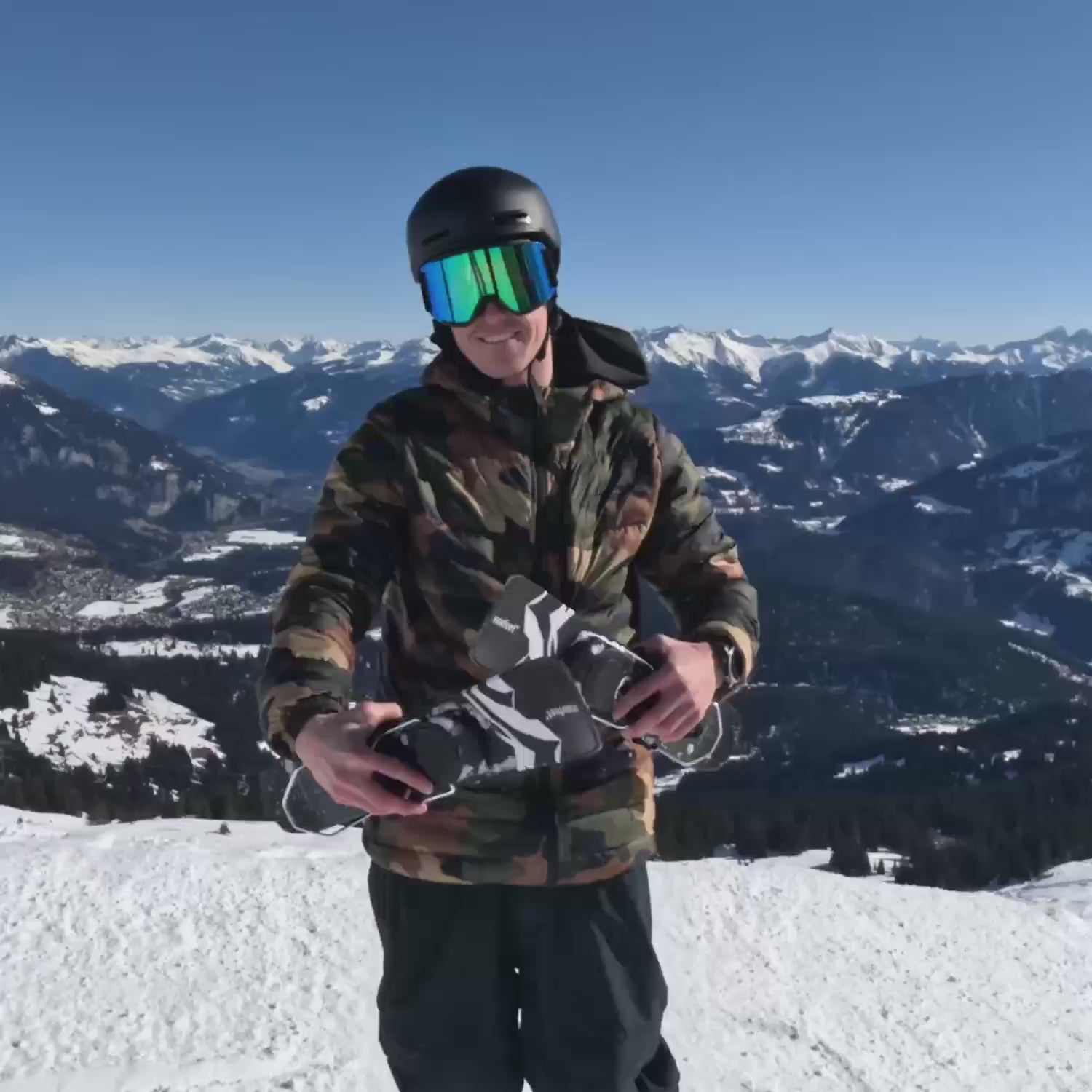
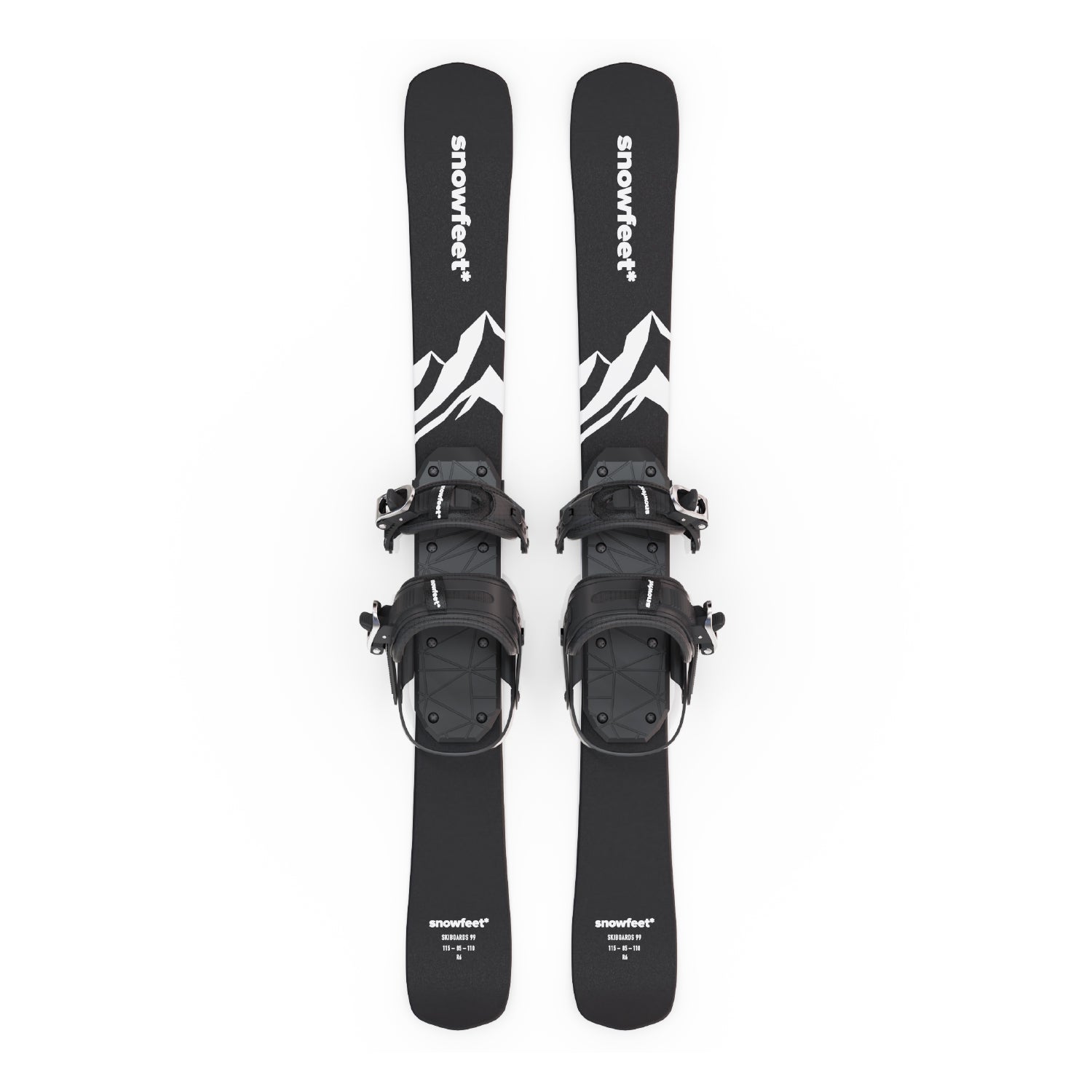
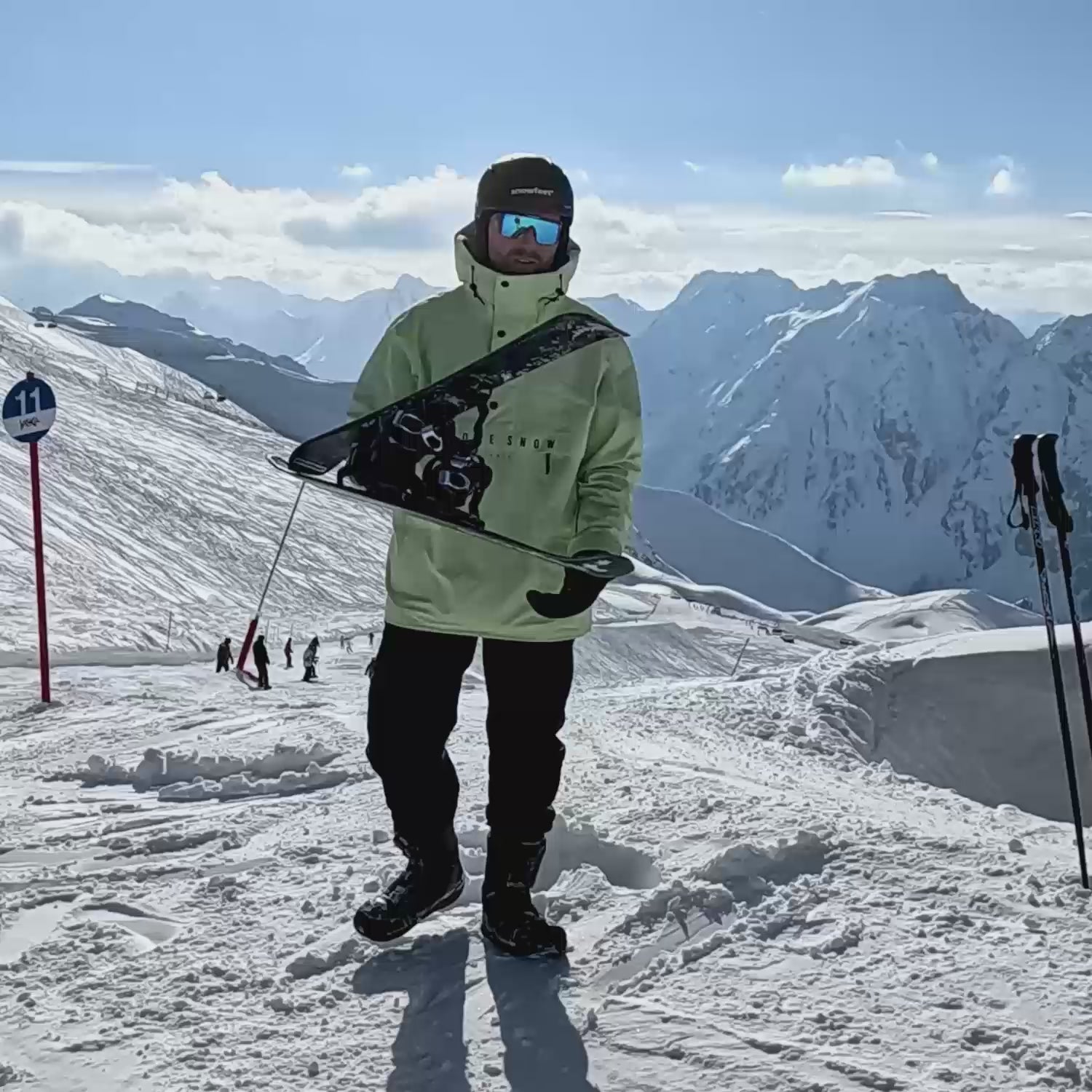
651 Kommentare
pfpzstndzu
Muchas gracias. ?Como puedo iniciar sesion?
zmcritlvbz
Muchas gracias. ?Como puedo iniciar sesion?
hysmiuwsjg
Muchas gracias. ?Como puedo iniciar sesion?
gjqidovdgk
Muchas gracias. ?Como puedo iniciar sesion?
mycjzaighi
Muchas gracias. ?Como puedo iniciar sesion?
Einen Kommentar hinterlassen
Diese Website ist durch hCaptcha geschützt und es gelten die allgemeinen Geschäftsbedingungen und Datenschutzbestimmungen von hCaptcha.